Manufacturer: Asus
UK price (as reviewed): £519.95 (inc. VAT)
US price (as reviewed): $629.99 (exc. tax)
While MSI and Gigabyte unleashed refreshed high-end offerings for AMD's 2nd Generation Threadripper CPUs, Asus merely added an additional cooling kit to its flagship X399 offering - the ROG Zenith Extreme - to help it deal with the extra heat generated by the likes of AMD's 32-core Threadripper 2990WX. However, the MSI MEG X399 Creation and Gigabyte X399 Aorus Extreme both came out with all guns blazing, making the Asus effort look a little skinny by comparison even if our original review heaped plenty of praise on it when dealing with Threadripper CPUs outside of the mighty WX-series. Asus has finally decided to aim for the top spot, though, and the ROG Zenith Extreme Alpha is a very different beast to its predecessor.
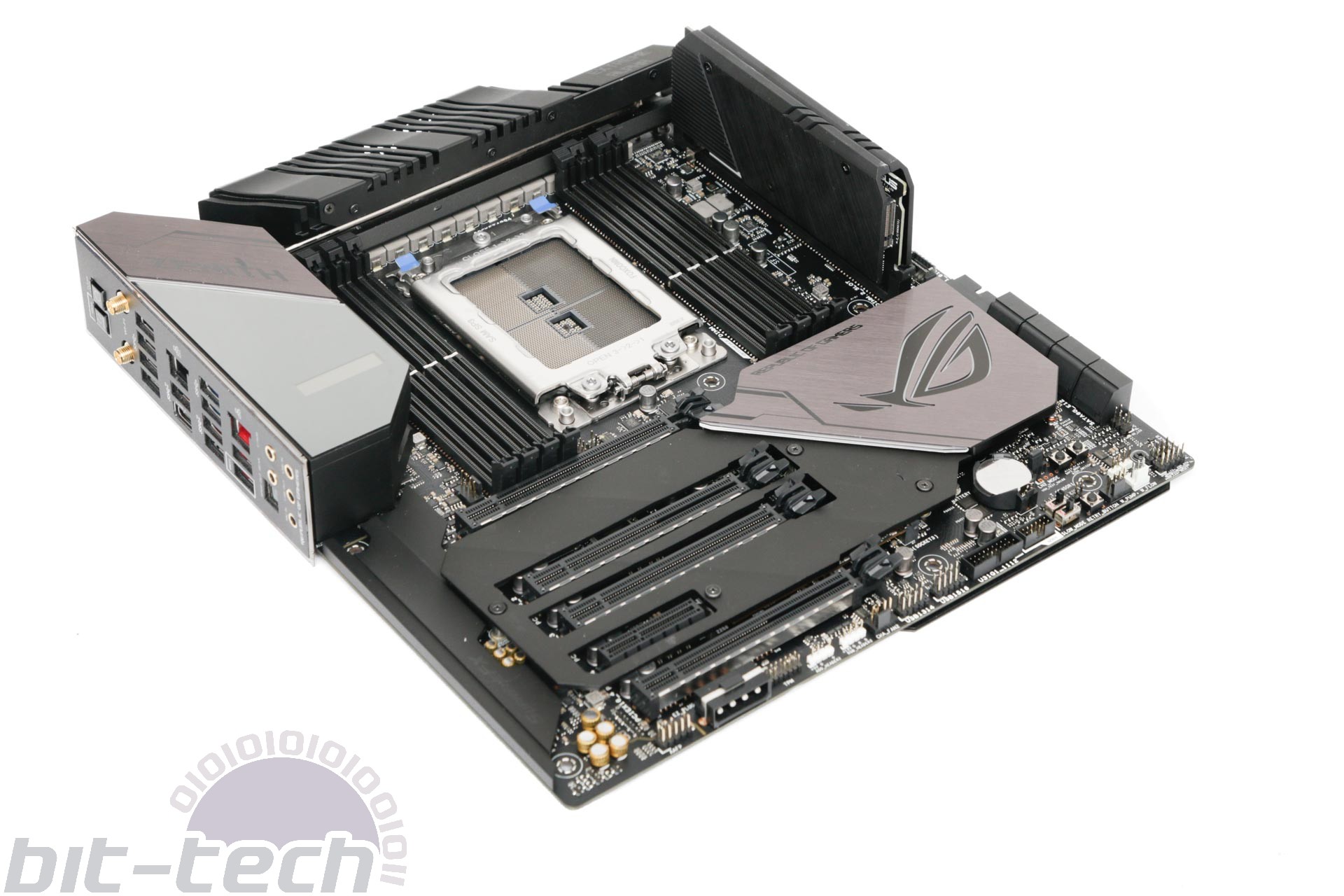
The price is the same as before at £520, but this is still considerably higher than both the aforementioned MSI and Gigabyte boards, which sit at £470 and £430 respectively and offer similar feature sets. The power circuitry is key when dealing with HEDT CPUs, especially the likes of the 2990WX, and Asus claims there are space issues on X399 when trying to properly design for overclocked flagship Threadripper. The solution for Asus has been to shift things around a bit, namely the DIMM slots, to make way for 16 power stages in what it calls a teamed eight-phase arrangement.
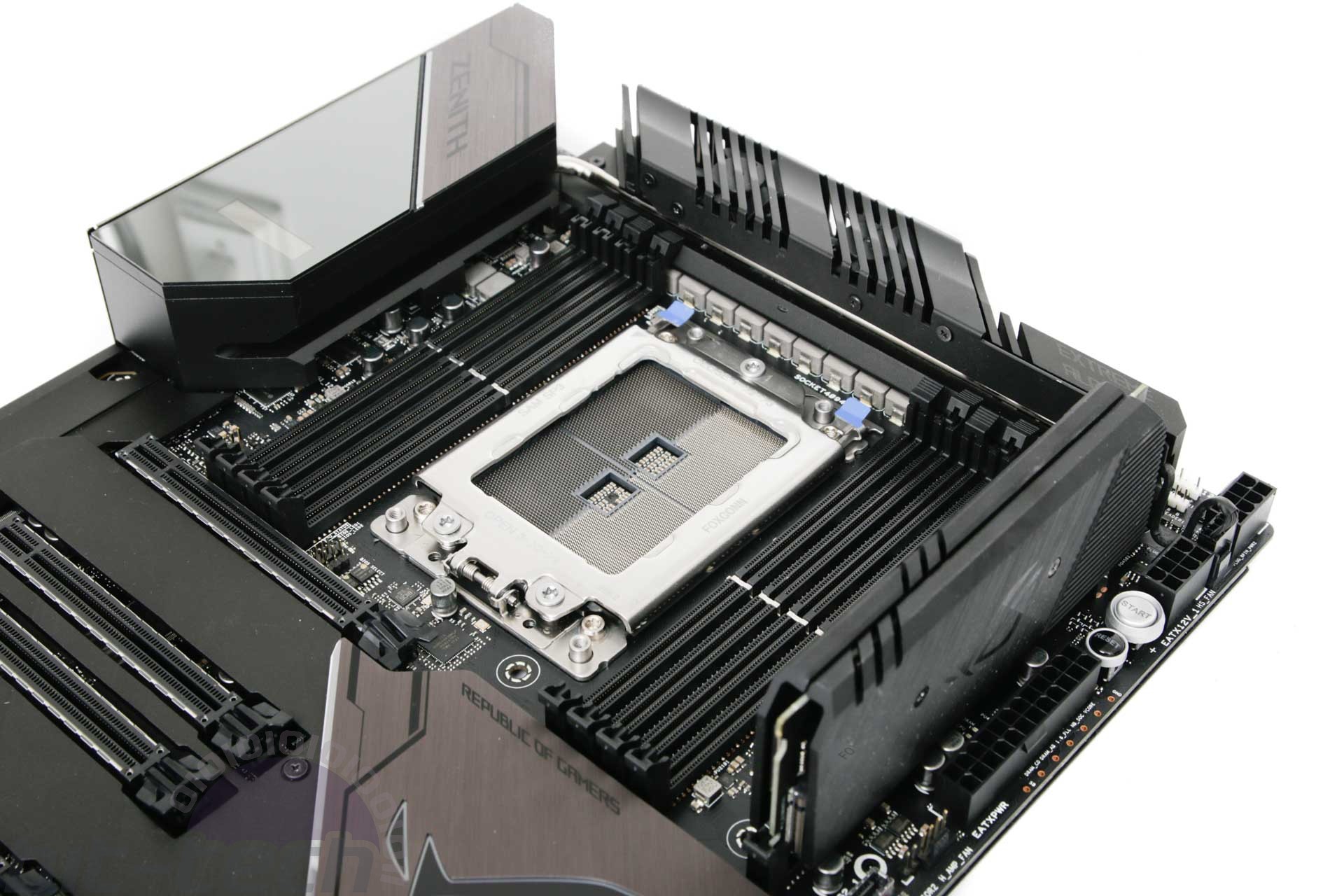
Compared to phase-doubled VRMs, teaming the power stages has the advantage of having two power stages hardwired to swing current when a phase is switched on, rather than dealing with the issue more broadly and waiting for a large power deviation to occur, potentially introducing a delay that can impact on stability if you suddenly place a heavy load across all cores. There's less voltage sag, too, with the only downside in implementing this method being slightly higher VRM temperatures.
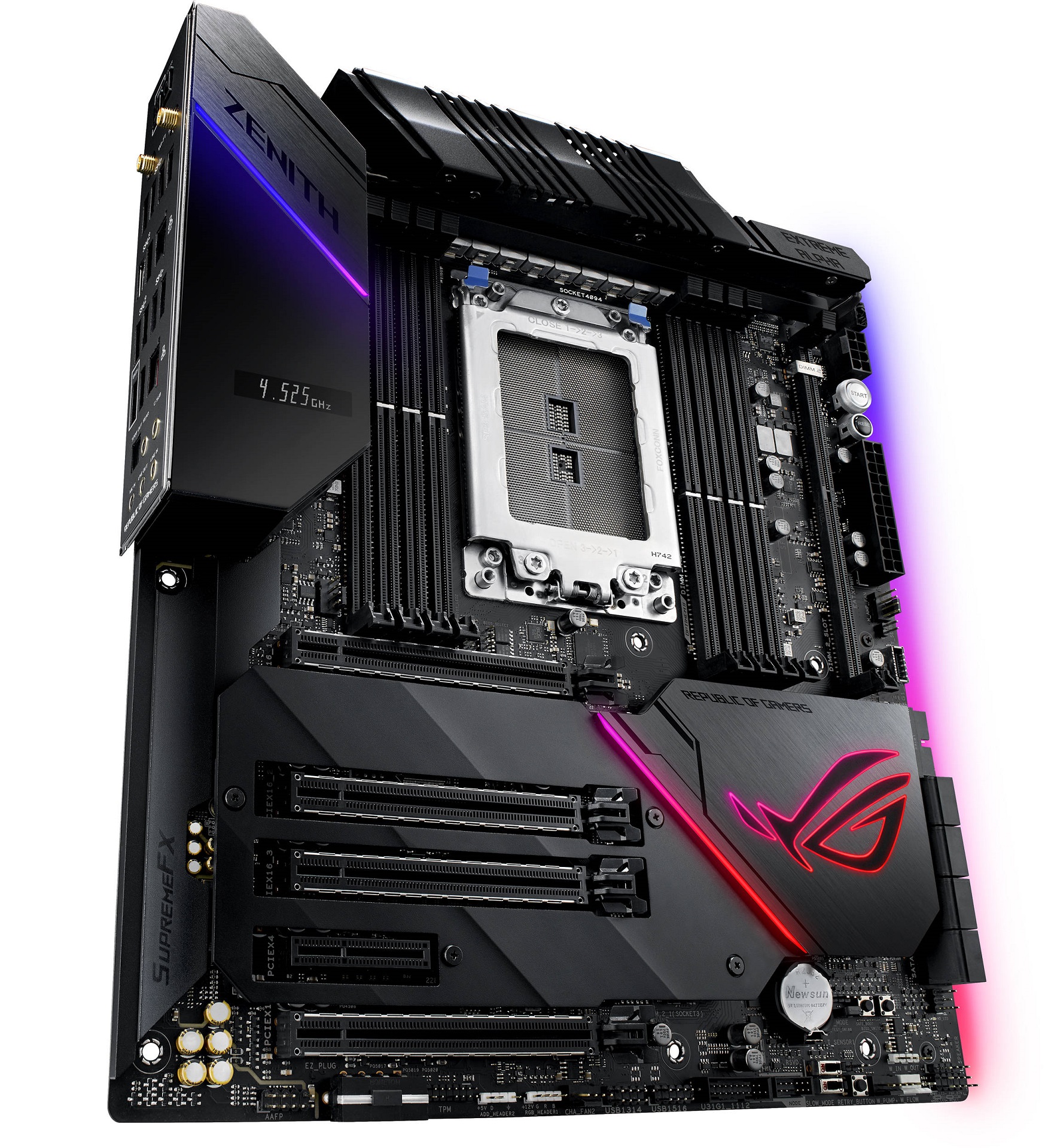
It seems, then, that Asus has largely designed the ROG Zenith Extreme Alpha around its new power circuitry, and that's no bad thing. That said, as we just mentioned, certain components have had to be moved or modified to cater for the larger arrangement. The DIMM slots now sit so close to the VRM heatsink that Asus has included a dual-purpose screwdriver with one end dealing with M.2 heatsink screws and the like, and the other offering a blunt end that should be used to pop open the DIMM slots where several latches are unreachable once the memory is installed. Asus has clearly thought about things here, so while it's a bit of a pain it's not going to be a particularly big deal if you won't be doing this often.
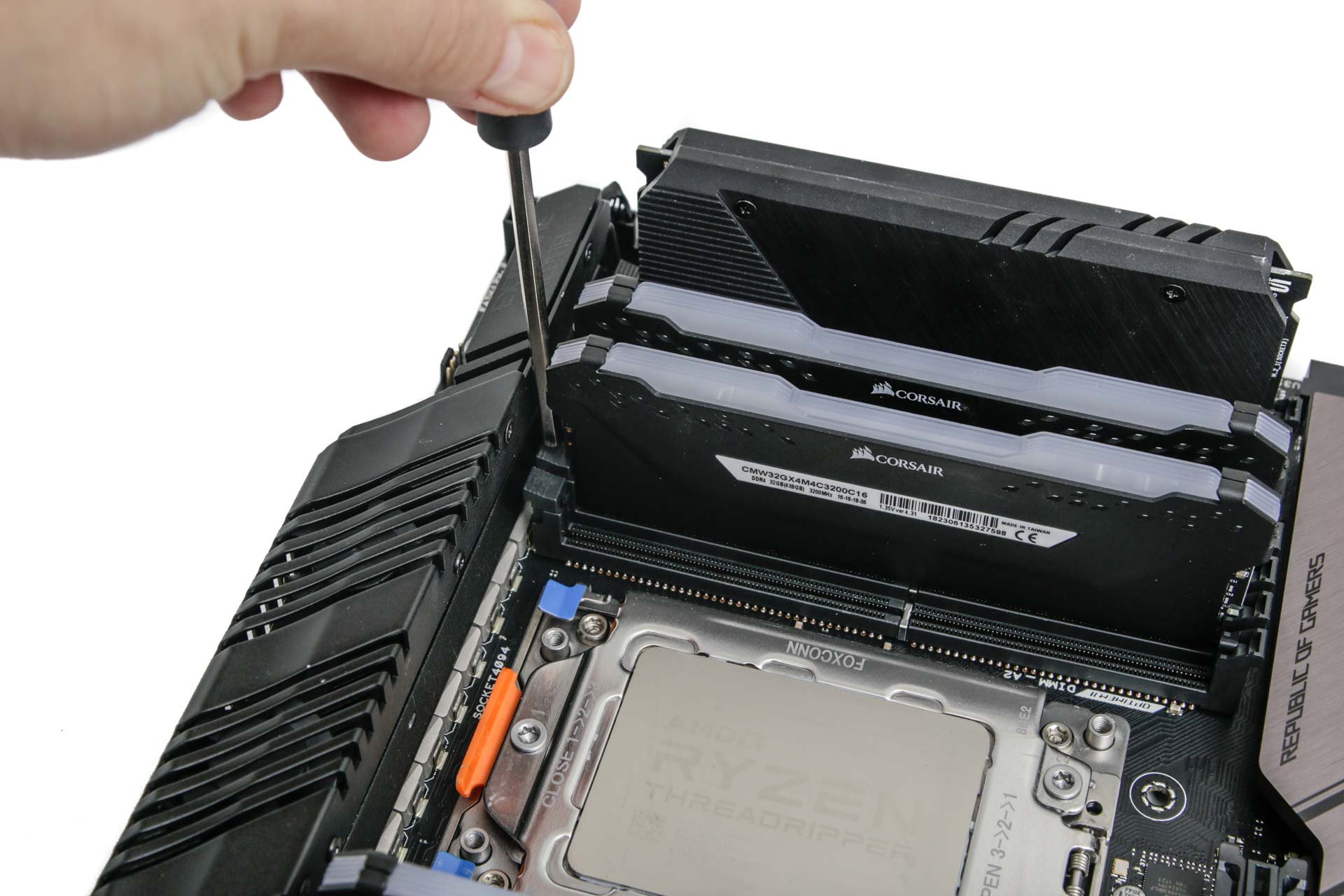
It's not surprising to see an active cooling solution on the ROG Zenith Extreme Alpha given how Asus was happy to dish one out with its predecessor. Here, the two tiny fans are located beneath a shroud overhanging the main heatsink. They spin up when the VRMs reach 60°C, but they're hooked up to the fan control section in the EFI and in AI Suite, so you can tweak their response curve as needed. However, they rarely spun up, and looking at the VRM temperatures, it seems they remained below this temperature most of the time; only when overclocking the Threadripper 2990WX and putting it under load for a few minutes did they spin up. Even then they remained fairly quiet and were inaudible above the noise made by our all-in-one liquid-cooler.
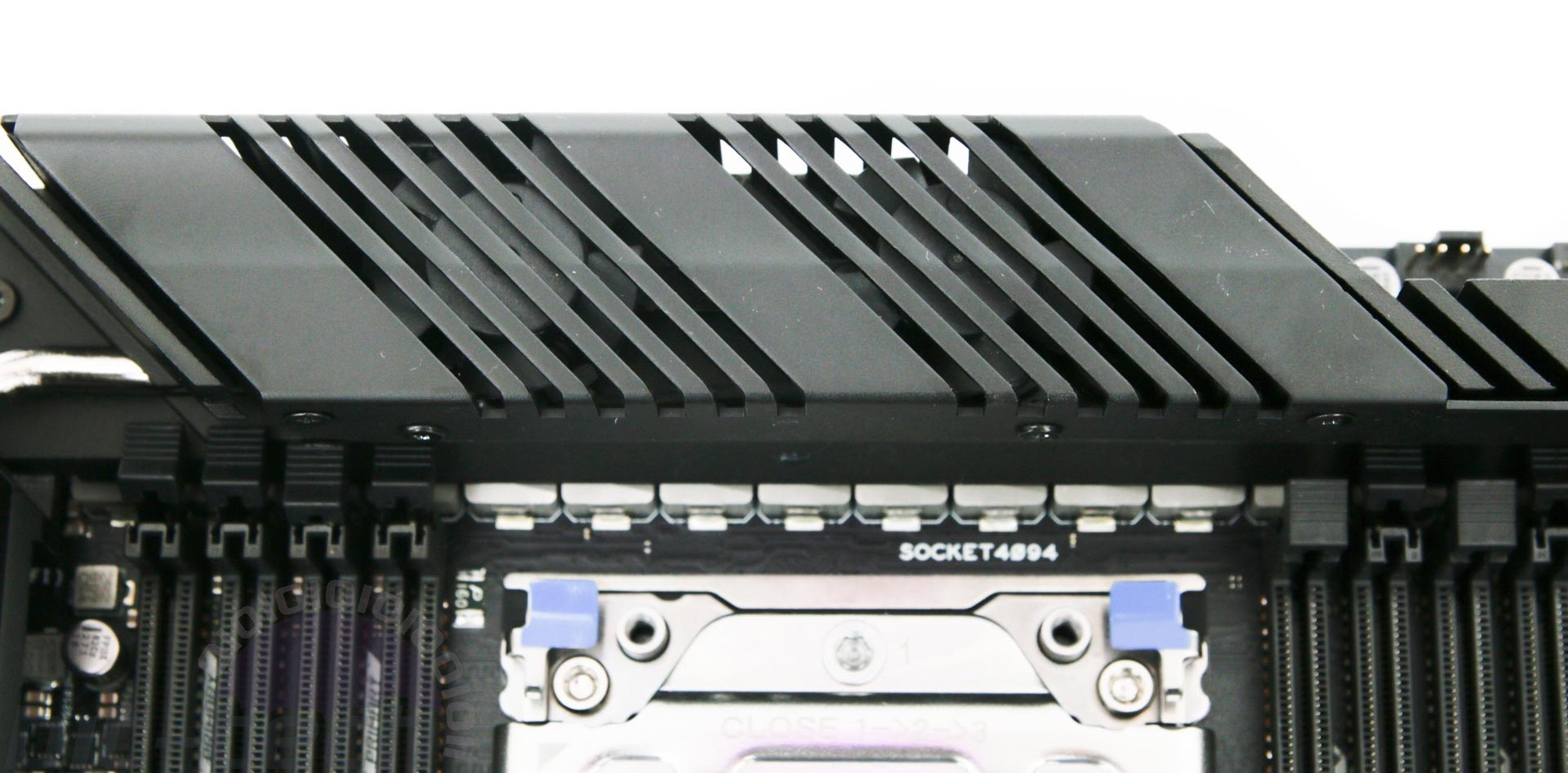
The board is clearly designed with both content creation professionals and extreme overclockers in mind. The latter can benefit from a decent array of overclocking tools such as slow mode, LN2 mode, BIOS switch and the more typical onboard power, reset, and CMOS clear buttons, plus LED POST code display. If you're gunning for a water-cooled rig then there are plenty of things to like here too. You get flow rate and thermal probe sensors on the PCB, and while you only get six four-pin fan headers, one of these can dish out up to 36W, which is more than enough for any single water-cooling pump, while the accessory box includes an expansion card that offers another six fan headers.
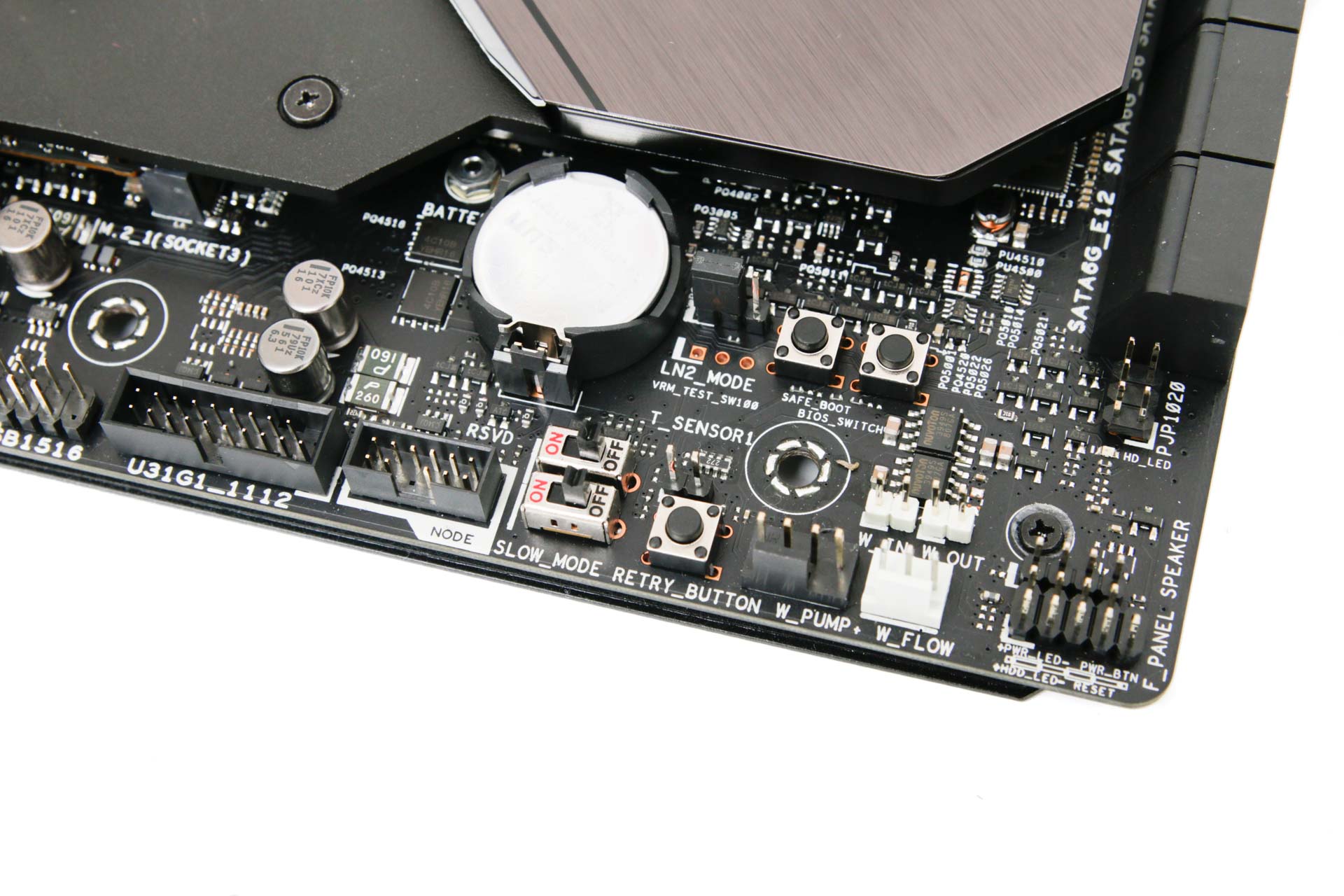
As you'd expect you get all the latest features such as USB 3.1 with Type-C offerings on the PCB in the form of a header as well as a port on the rear panel, with plenty of USB 3.0 and USB 2.0 thrown in too should you wish to hook up AIO coolers, case front panels and the like.
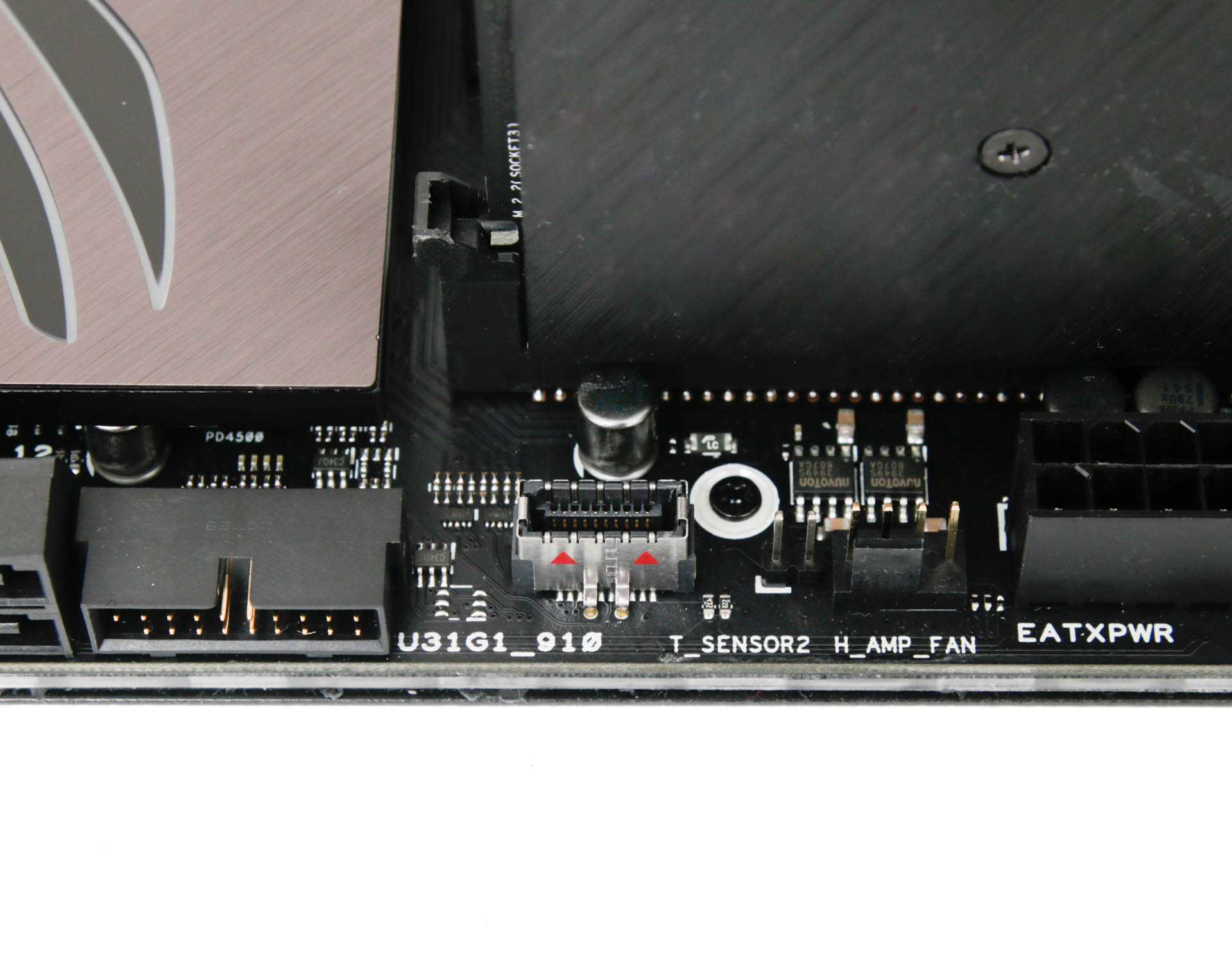
RGB lighting is a huge feature of the board, with several subtle but punchy illuminated zones on the PCB as well as beneath it, but you get four additional RGB headers on the PCB catering evenly for four-pin 12V and three-pin 5V digital strips, conveniently located at the top and bottom of the PCB. There are no funky angled power connectors here, but everything is located sensibly with no layout issues we could spot, apart from those DIMM slot latches, of course.
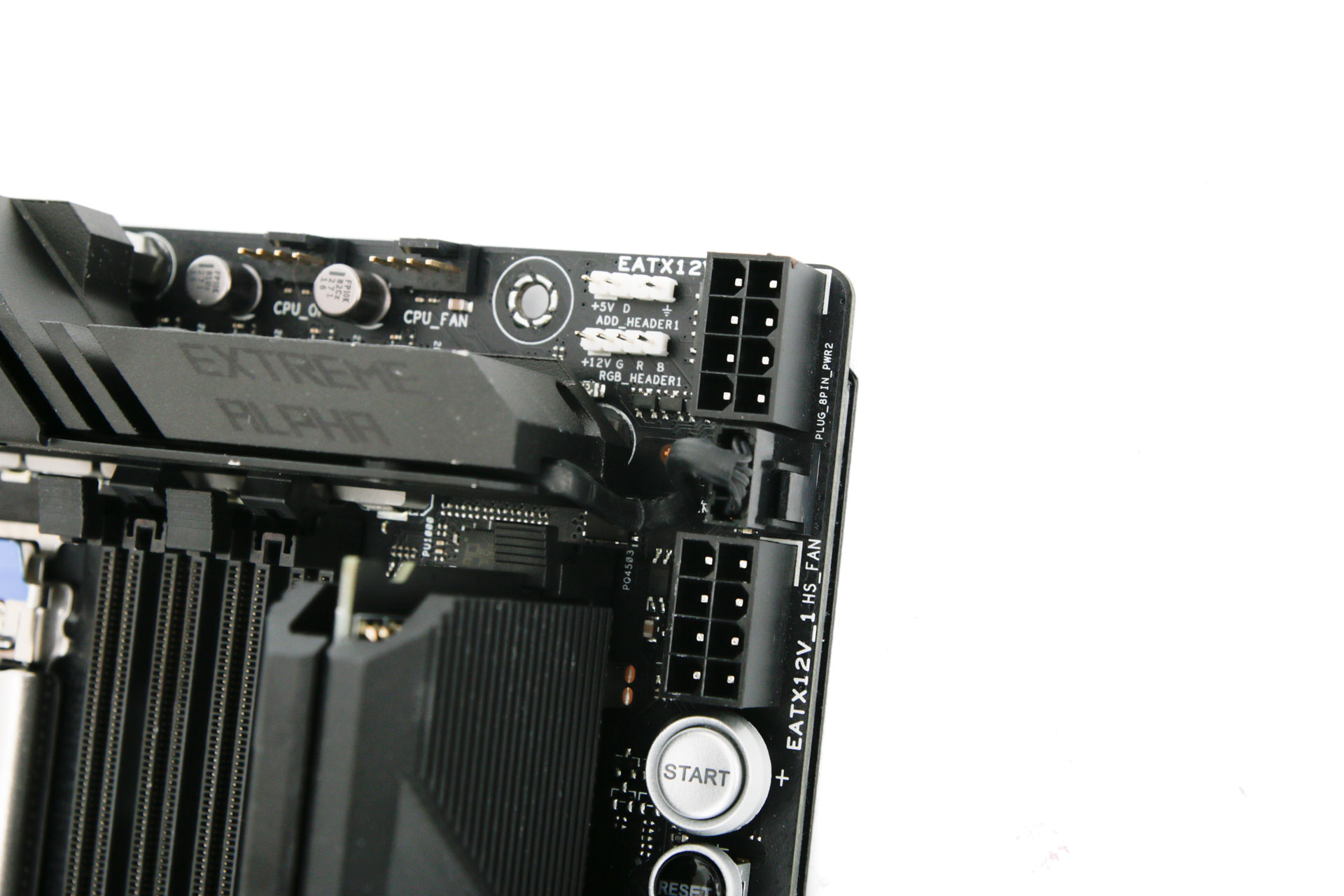
The M.2 arrangement isn't as lavish as the MSI MEG X399 Creation with its actively cooled PCIe expansion card and seven total ports, but you get one located under the large heatsink on the PCB and a further two in a second-generation DIMM.2 module similar to the one we saw on the Maximus XI Gene. The original Zenith introduced the DIMM.2 module and here it gets heatsinks either side of the PCB - nice.
This helped to knock 16°C off the load temperature of our Samsung 960 Evo but also has the advantage of making your M.2 SSDs much easier to get at, especially if you'll be loading up several of the PCIe slots. The modules support two PCIe 3.0 x4 or SATA 6Gbps M.2 SSDs up to 110mm in length, while the slot on the PCB caters for PCIe 3.0 x4 with an 80mm length limit.
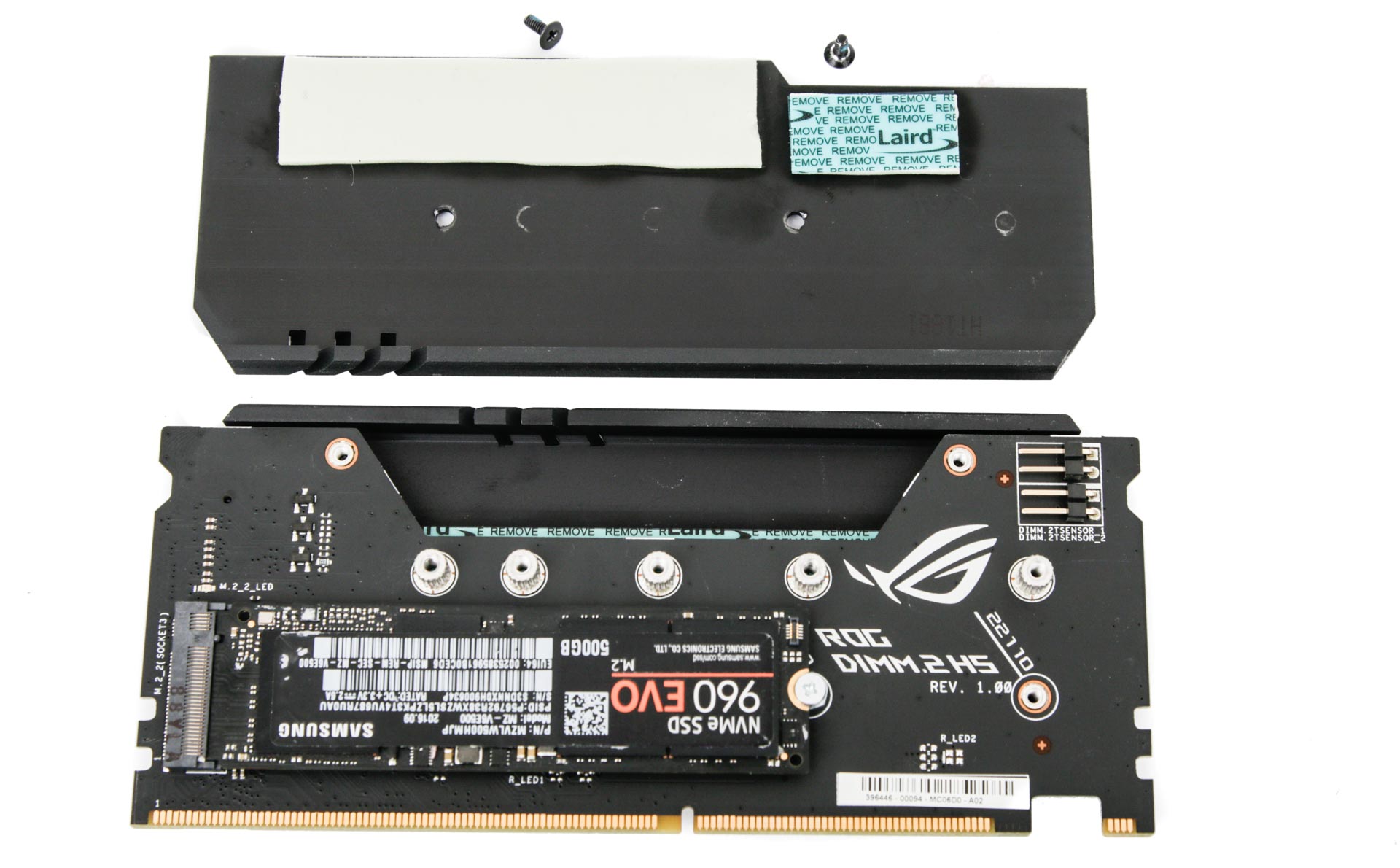
The board includes Asus' LiveDash OLED, which can display various system parameters as well as images and custom banners, configurable using the Live Dash application. This is topped off with a large section of clear acrylic. Overall, the board looks fabulous in our eyes.
The fan-extension card, meanwhile, can be mounted in a 2.5" SSD bay and offers six additional fan headers that, via a Node connector which hooks up to the motherboard, allows you control each one in the EFI or AI Suite software. You also get three extra thermal-probe headers and three 12V four-pin RGB LED headers, as well.
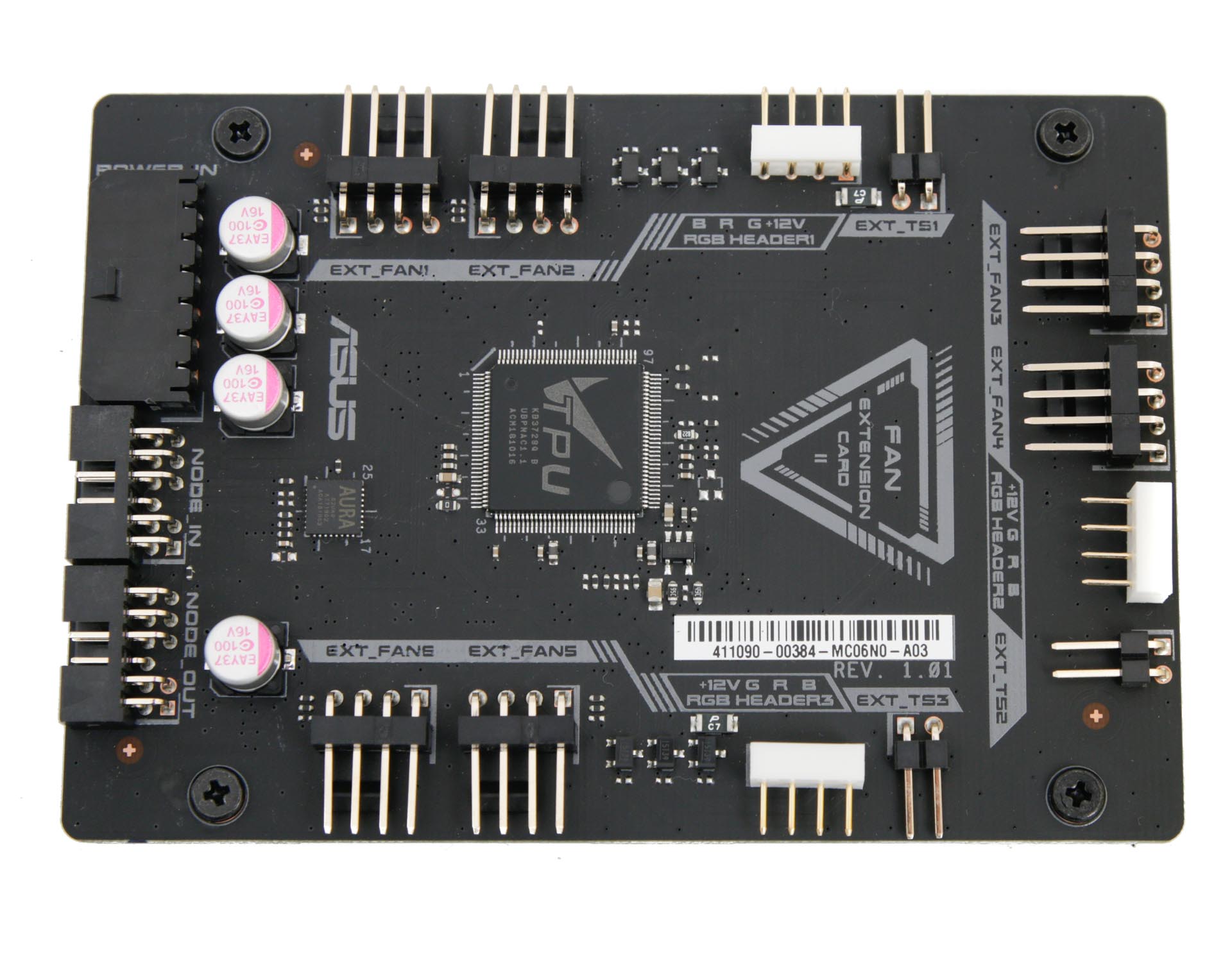
The original Zenith included a 10 Gigabit LAN card, but here the Aquantia 10 Gigabit controller is embedded onto the PCB, so the port is now located on the I/O panel next to the Intel Gigabit controller. It's certainly something professionals will benefit from, so in terms of accessories the toss-up here is between the MSI MEG X399 Creation's M.2 expansion card and the Asus offering here of 10 Gigabit LAN and the fan-expansion card above. The I/O panel is where you'll find the USB BIOS Flashback button and CMOS clear button, while you get three USB 3.1 Type-A ports plus a further eight USB 3.0 ports as well as ports for the aerials for the onboard 802.11ac Wi-Fi.
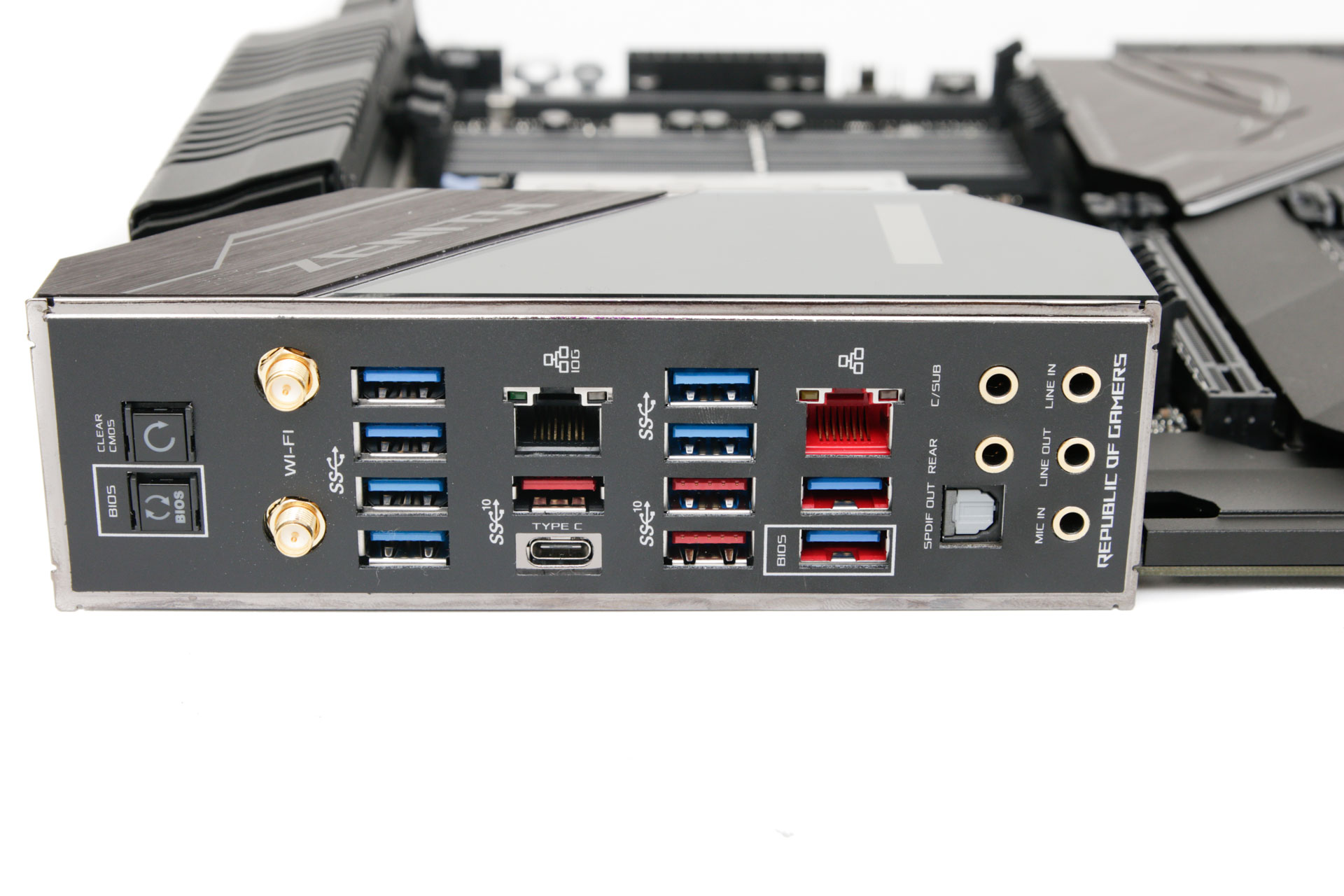
Asus has included a SABRE9018Q2C front headphone DAC, and the Realtek S1220 audio codec provides 10 DAC channels, simultaneous 7.1-channel playback, independent 2.0-channel, and multiple-stream stereo to front-panel outputs.
Specifications
- Chipset Intel X399
- Form factor E-ATX
- CPU support AMD Socket TR4
- Memory support Quad-channel, eight slots, max 128GB
- Sound Eight-channel Realtek ALC S1220
- Networking 1 x Aquantia AQC-107 10 Gigabit Ethernet, 1 x Intel I219V Gigabit Ethernet, 802.11ac Wi-Fi, Bluetooth 5.0
- Ports 3 x M.2 PCIe 3.0 x4 32Gbps (2 x PCIe/SATA 6Gbps up to 22110, 1 x PCIe up to 2280), 8 x SATA 6Gbps, 3 x USB 3.1 Type-A, 1 x USB 3.1 Type-C, 1 x USB 3.1 header, 12 x USB 3.0 (4 via headers), 4 x USB 2.0 (4 via headers), 2 x LAN, audio out, line in, mic, Optical S/PDIF out
- Dimensions (mm) 305 x 244
- Extras Fan extension card, DIMM.2 vertical M.2 card with heatsinks, RGB extension cables, thermal probe cables, USB drive with drivers

MSI MPG Velox 100R Chassis Review
October 14 2021 | 15:04

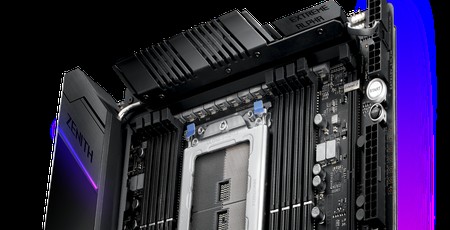
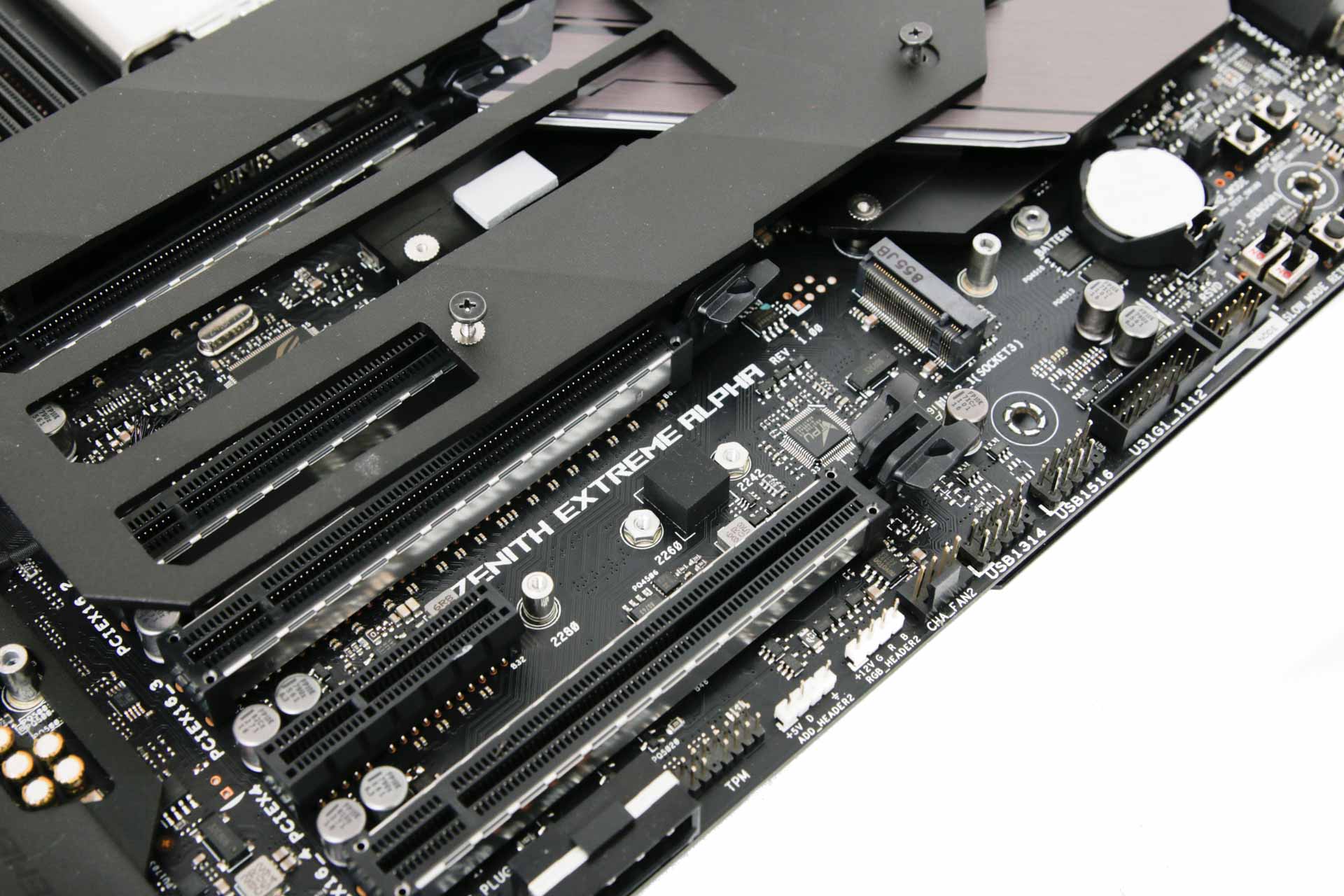
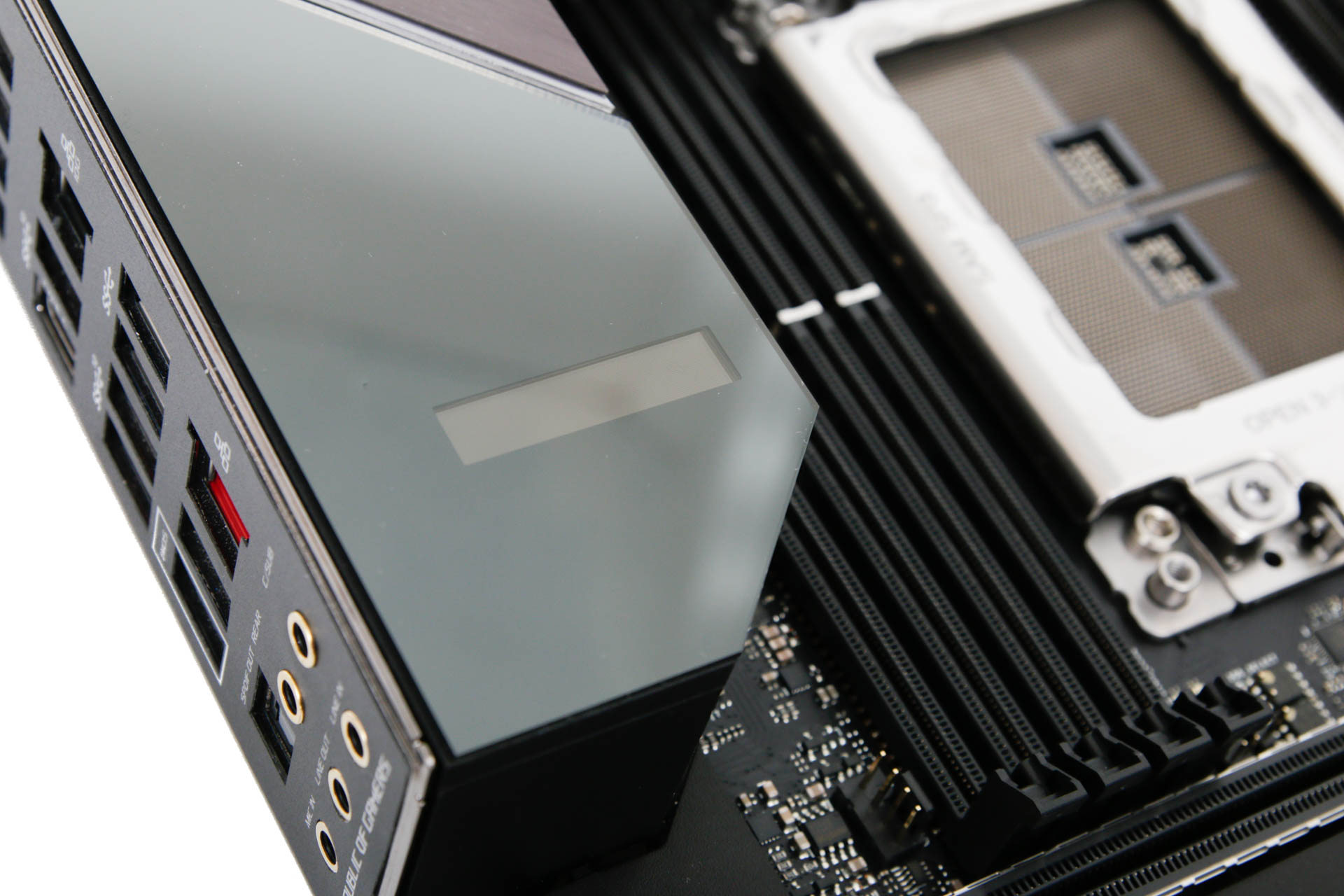
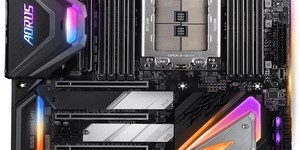
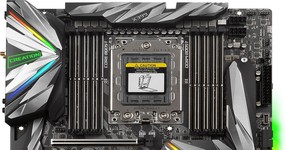
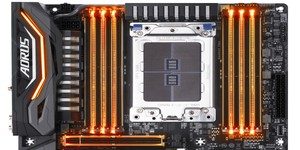




Want to comment? Please log in.